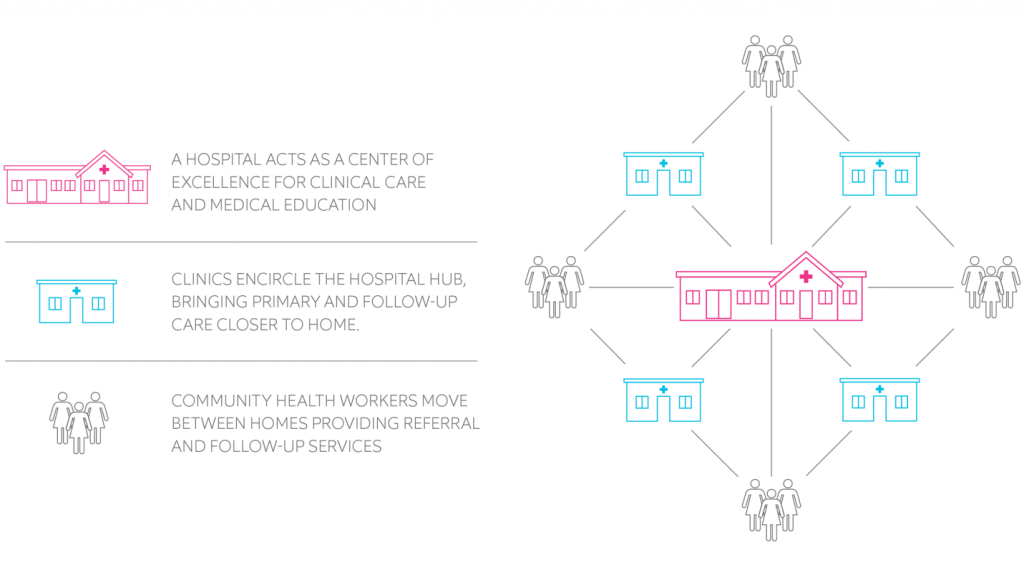Possible success in creating health centers
By AdministratorAs Foundation Beyond Belief’s Humanist Giving program matures, we continue to tweak our approach to selecting our beneficiaries. Possible, our Poverty and Health beneficiary, is developing a rural health network in Nepal. Their program addresses two of the primary focus areas we evaluate when selecting beneficiaries: community-based philanthropy and capacity-building opportunities.
Community-based philanthropy is the concept that an organization is being formed and structured with a focus on the culture, practices, collaborations, advice, and employment of local populations. Some charitable organizations take one model and apply it across the board in multiple locations, with little consideration given to local culture or needs. Possible has strong collaborations with local governments and populations to best develop health systems that will work for the population they serve. They developed an approach they call Model–Market Fit. They had a model but had to ensure it would function in the chosen location. Nepal, while it seemed like a difficult place to work, had vision and community structure to help Possible succeed.
Nepal has a strong health care system and guarantees health care for all. Nepalese were aware that not all of the population was being served in their traditional model. The organization needed a funding stream other than charitable donations to ensure effective care. According to Possible’s website, “Patients needed a new model that enables a nonprofit healthcare company to be paid by the government to deliver healthcare within the government’s infrastructure. Nepal’s government wanted to pioneer this approach, inviting us to expand our model in partnership with them and develop new ways for healthcare outcomes to be measured and funded.”
Possible’s in-country employees are primarily local or regional health workers, to ensure the effectiveness of their three-pronged health care approach (hospitals, clinics, and community health workers).
Another aspect we look for during beneficiary selection is capacity building. Capacity building can be approached in a number of ways, such as providing a specific plan for growth of services in an organization, creating a plan of action to grow the model through phased development and trials, or using a proven model in one location and adapting it to work in another location.
Possible has a specific long-range plan for their growth model that is rooted in their existing programs. Their model of health care is one of complete health care, not a single illness or issue. They call their model the Hub and Spoke Model.
 The hub is a hospital providing excellence in care and clinical work. They supply what they call durable health care, and not sustainable health care. Currently their model functions with one hospital and three to six clinics with groups of trained local health workers traveling to villages for follow-up appointments and referrals for new patients. This model is the roadmap Possible is taking to develop the durable, community-based, capacity-building rural health care the government of Nepal needed and requested. In the future, they hope to expand the hospitals and therefore increase the number of patients served with additional clinics and health care teams.
The hub is a hospital providing excellence in care and clinical work. They supply what they call durable health care, and not sustainable health care. Currently their model functions with one hospital and three to six clinics with groups of trained local health workers traveling to villages for follow-up appointments and referrals for new patients. This model is the roadmap Possible is taking to develop the durable, community-based, capacity-building rural health care the government of Nepal needed and requested. In the future, they hope to expand the hospitals and therefore increase the number of patients served with additional clinics and health care teams.
Community-based relationships and the ability to apply your model through capacity-building opportunities help make programs more effective, meet their goals, and work in a collaborative manner with local leaders and organizations.
